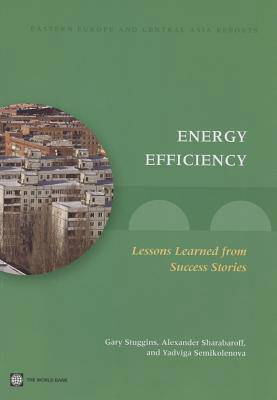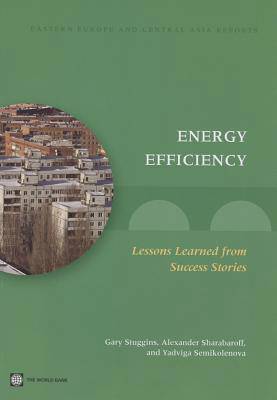
- Retrait gratuit dans votre magasin Club
- 7.000.000 titres dans notre catalogue
- Payer en toute sécurité
- Toujours un magasin près de chez vous
- Retrait gratuit dans votre magasin Club
- 7.000.000 titres dans notre catalogue
- Payer en toute sécurité
- Toujours un magasin près de chez vous
Energy Efficiency
Lessons Learned from Success Stories
Gary Stuggins, Alexander Sharabaroff, Yadviga Semikolenova
37,45 €
+ 74 points
Description
Energy efficiency is an important factor in an economy, since it helps meet energy needs, decrease costs, and lower environmental impacts. A review of the evolution of energy intensity in European and Former Soviet Union countries indicates a positive trend: high-energy-intensity countries have now reached the level of medium-energy-intensity economies 15 years earlier, and in the same period, medium-energy-intensity ones had similarly evolved to levels of low-energy-intensity.
Spécifications
Parties prenantes
- Auteur(s) :
- Editeur:
Contenu
- Nombre de pages :
- 80
- Langue:
- Anglais
- Collection :
Caractéristiques
- EAN:
- 9780821398036
- Date de parution :
- 15-01-13
- Format:
- Livre broché
- Format numérique:
- Trade paperback (VS)
- Dimensions :
- 178 mm x 249 mm
- Poids :
- 204 g







